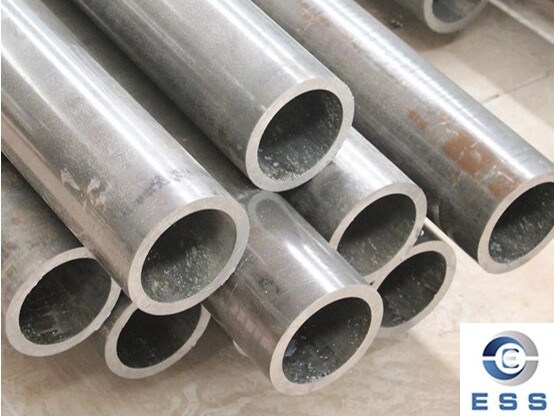
The quenching temperature refers to the
highest temperature reached by heating the workpiece to be quenched, and it is
also the initial temperature when it is cooled, which is above the critical
temperature. The quenching temperature is also called the quenching heating
temperature.
The quenching temperature of mild
steel pipe is usually between 800℃ and 910℃. Quenching within this temperature range can ensure that the mild
steel pipe obtains higher hardness and strength while maintaining good
toughness and plasticity.
Quenching treatment method for mild steel pipes
1. Oil quenching method: The oil quenching process can form a quenching skin on the surface of the mild steel pipe, thereby increasing the surface hardness.
2. Water quenching method: Use low temperature water or salt water for water quenching to avoid deformation or cracks due to excessive temperature.
The influence of quenching temperature
on the performance of mild steel pipe
The quenching temperature is one of the key
factors affecting the structure and performance of mild steel pipe. At a
suitable quenching temperature, the austenite in the mild steel pipe can be
transformed into martensite, thereby improving its hardness and wear
resistance. However, if the quenching temperature is too high, exceeding 910℃, it may cause the martensite structure to be too coarse, which will
reduce the strength and hardness of the mild steel pipe.
Precautions during quenching process
1. Heating speed: The heating speed should be moderate to avoid excessive
temperature gradient inside the mild steel pipe.
2. Holding time: After reaching the quenching temperature, it is necessary to keep
it for a period of time to ensure that the mild steel pipe is completely
austenitized.
3. Cooling method: The cooling method after quenching is also crucial. Usually, a
rapid cooling method such as water cooling or oil cooling is used to ensure
that the mild steel pipe can quickly pass through the martensitic
transformation zone.
Conclusion
In summary, the quenching temperature of
mild steel pipe is a process parameter that needs to be precisely controlled.
Quenching treatment within the appropriate temperature range of 800℃ to 910℃ can significantly improve the
hardness and wear resistance of low carbon steel, thereby meeting the needs of
various mechanical parts and manufacturing processes. At the same time, it is
also necessary to pay attention to other influencing factors in the quenching
process to ensure the best quenching effect.
Read more: Difference between mild steel pipe and carbon steel pipe













 Eastern Steel Manufacturing Co.,Ltd not only improve product production and sales services, but also provide additional value-added services. As long as you need, we can complete your specific needs together.
Eastern Steel Manufacturing Co.,Ltd not only improve product production and sales services, but also provide additional value-added services. As long as you need, we can complete your specific needs together.










